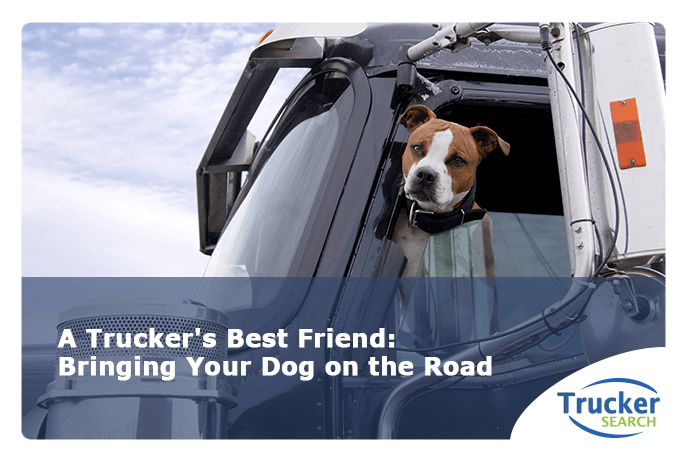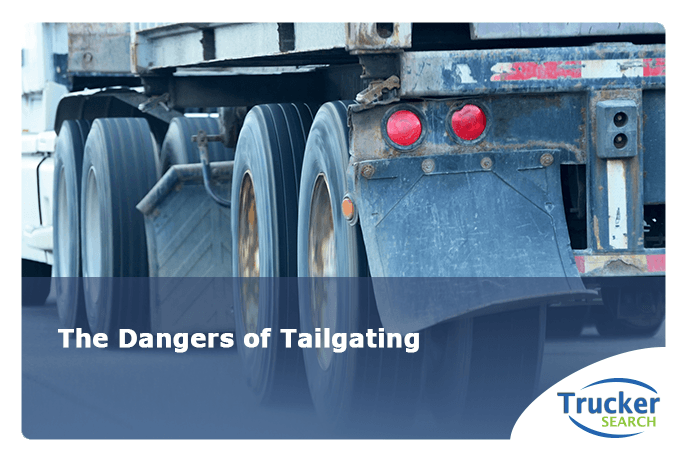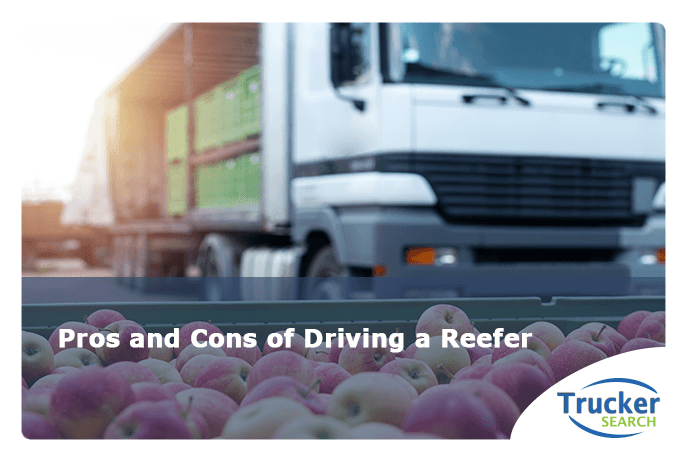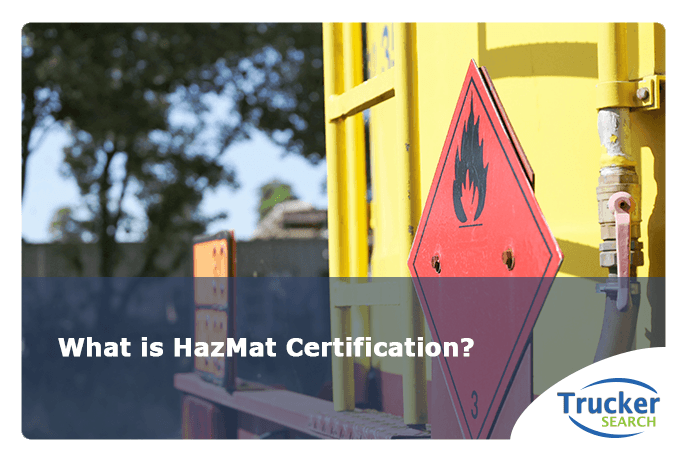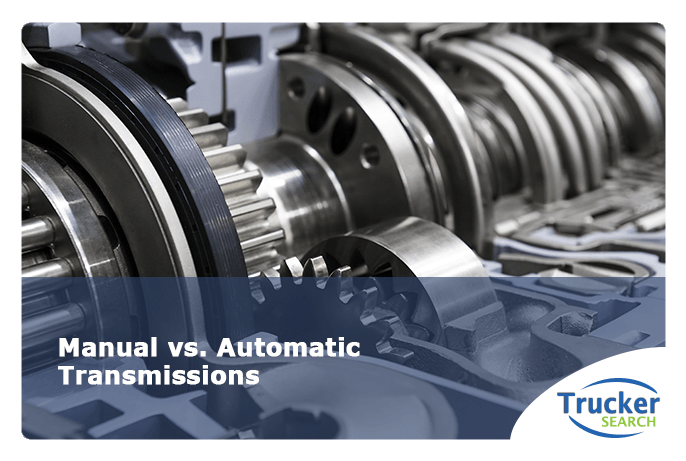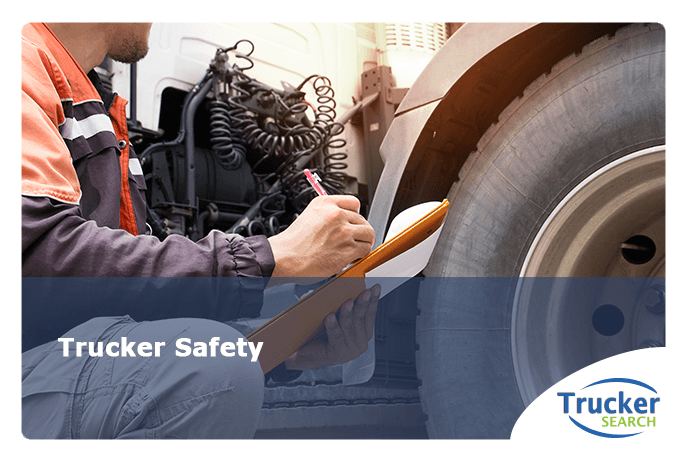You did it! You made it through driver training and got your CDL. Congratulations!
You may be asking yourself, now what?
Your first year on the road as a full-fledged truck river can be exciting but also nerve-wracking. You have many questions and an abundance of nervous anticipation about being on your own, controllingyour own rig. What will it be like?
Even though you earned your CDL, there’s still plenty to learn in order to become a top-notch driver. Experience, and lots of it, is what causes good driving habits to develop as well as the skills that employers seek. Your first year is about sharpening those skills.
Your dream job probably won’t be your first. Most drivers will start out on the bottom rung. This usually means that you’ll be taking loads that nobody else wants because seasoned drivers take the first crack at loads. This is how you pay your dues and eventually, you won’t be on the bottom anymore. Someone newer will come along and it’ll be their turn to take the less favorable loads. Life as a trucker can be a drastic change. Remember that even those loads that nobody else wants are going to help you improve your skills and gain valuable experience.
Odds are that you won’t stay at that first job after your first year. According to a January 2018 survey by StayMetrics, only 39.3% made it through a year with their first carrier. No matter how you feel about the company, make the most of it. Learn the ropes and develop your skills. Many companies offer added incentives for sticking around after your first year that can make it a good option. For reasons why it might be a good idea to stay with a company after your first year, check out this article.
Build a good reputation. Your first year will be tough and many times you will be put to the test. Endure like the professional you are and you’ll earn a good reputation which will follow you to your next job and beyond.
Stay in touch. Life on the road can be difficult, especially on long hauls. Trucking life may be a lifestyle but it shouldn’t drive your life. It’s still just your job. Maintaining contact with friends and family while you’re on the road and back home is important. Hours on the road can be taxing but you’ve got to live your life! While you’re at it, make sure you have a good phone plan with sufficient data so you can Skype with your loved ones!
Hang in there. Your first year in trucking will most likely be your hardest. Your inexperience will be a roadblock but it’s a roadblock that you will overcome with perseverance and dedication. You will be rewarded for your hard work with a long-term, satisfying, and lucrative career.
If you’re a trucker just starting out, Trucker Search can help you get the exposure needed to find a great company. Our web-based system allows truckers to post a résumé and other details that will be seen by thousands of potential employers. Or search through our vast database of job listings for great drivers like you. Go to Trucker Search today and find your new job!
Sources:


